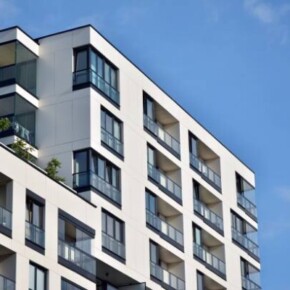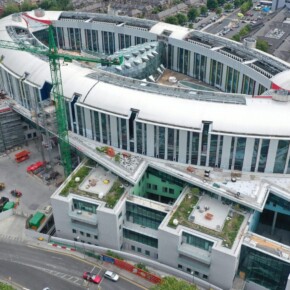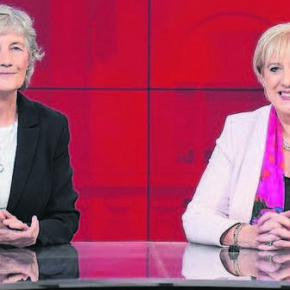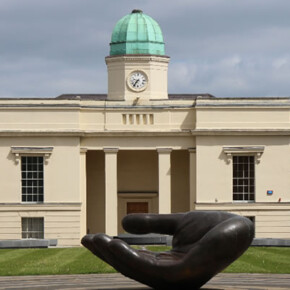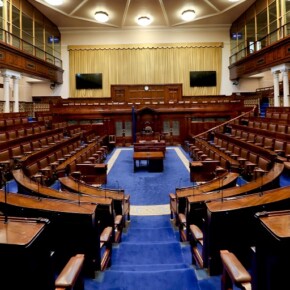Housing boom planned for Broombridge
Mike Finnerty 22 Oct 2025
Dublin City Council has drawn up plans to deliver around 8,500 new homes for the Broombridge area.
With Central Statistics Office projections for Dublin showing that Dublin’s population will be close to 1.6 million by the middle of the next decade, the race is on to cater for a growing population.
The Broombridge area has been identified as a key area by Dublin City Council as a spot for Dublin’s impending population growth – in April, Northside People reported on plans for a new town called “Ballybogan” in West Dublin – and a special meeting of Dublin City Council on Thursday night (October 16) went into more detail about the plans.
When the plan was first announced in April of this year, it was suggested that 6,000 new homes could be built as part of the new development; however, following revised estimates from Dublin City Council, as many as 8,500 new homes could be built to meet demand.
The proposed “Ballybogan” name has been dropped for a new one: Broombridge-Hamilton.
In August, the Irish Times reported that the public consultation process found significant demand from locals to acknowledge local 19th-century mathematician William Rowan Hamilton in the naming of the new town, giving rise to the suggested name of Broombridge-Hamilton.
The meeting called for 25,000 more homes to be built on Dublin City Council land, with 8,500 earmarked for the Broombridge-Hamilton development, 5,300 houses for the City Edge development at Kylmore on Dublin’s Southside and around 6,000 to 8,000 housing units in the city.
In addition to the house building project, Dublin City Council will look to use funds from this year’s Budget (and implement a recommendation of the Dublin City Taskforce) to tackle dereliction in the city centre, with a rejuvenation pilot announced for Middle Abbey Street, North Frederick Street and surrounding areas in the city centre.
Local Social Democrats councillor Cat O’Driscoll said that councillors “felt really listened to” during the consultation process, and that the statutory process allowed residents to feel engaged in the process.
“We need to reduce the risk of the problems that we find across the city, most notably, up the canal from this development in Pelletstown. Community facilities aren’t in place, and we have empty units on base levels,” the Cabra-Glasnevin councillor said.
Independent councillor Cieran Perry said the statutory and non-statutory processes were “really welcome; I don’t think anyone, under any circumstance, can complain they didn’t have an opportunity to have their view made known.”
Perry said it was important that community facilities materialise before construction begins and that buildings in the area shouldn’t exceed eight stories in height.
Fine Gael councillor Colm O’Rourke said “this is one of the most exciting developments we’ve seen in Dublin in decades – if it’s done right.”
“It’s very important that this goes ahead,” O’Rourke said.
“I think it’s really important that local residents and existing communities feed into the statutory process as much as possible; if you were to ask residents what they think of Broombridge-Hamilton, they will respond ‘what?’ – it needs to be very clear that it also says the industrial estate at Glasnevin and Cabra, because I assure you, residents there will know exactly what you’re talking about.”
The Fine Gael councillor acknowledged there were over 140 submissions made during the consultation process earlier this year, but noted that a large volume of those submissions were made outside of the Cabra-Glasnevin area.
Sinn Féin councillor Seamus McGrattan said the project could provide “much-needed housing” in the community.
McGrattan repeated O’Driscoll and Perry’s suggestions that what happened in Pelletstown in terms of poor community services was not repeated with this new project.
Mayor of Dublin City Council, Ray McAdam, praised how councillors were kept in the loop during the process and their feedback and suggestions were listened to and implemented.
In recent months, there has been simmering tensions between Dublin City Council and the Department of Housing.
In June, there was a high-profile row between the council and the government over Minister for Housing James Browne pulling rank over Ireland’s largest local government and unilaterally cancelling planned council homes without councillors being consulted.
At June’s meeting of Dublin City Council, Social Democrats councillor Mary Callaghan “after six years in the council I’m used to being disappointed, but this is most shocking, appalling, and deeply saddening disappointment I’ve ever experienced,” after news emerged that Minister Browne pulled ranked and made a decision instead of the 63 democratically elected council members.
“This country has so much money to waste, yet we don’t have money to give homes to people in the most vulnerable areas of the city.”
The Ballymun-Finglas councillor said that people in the area have been “left behind for years,” and 93 homes that were earmarked for Ballymun were put on ice.
By contrast, councillors have had a major say in the Broombridge-Hamilton development, with both government and opposition councillors involved in the process.
The meeting ended with the master plan for the Broombridge-Hamilton development being incorporated into the existing 2022-2028 city development plan.
In January 2024, planning permission for a proposed 16-storey mixed-use building in Cabra was refused by An Bord Pleanála.
The planned development, with the working title of Grand Canal Square, called for 304 apartments, a 100-bedroom hotel, 44,365 square metres of office space and plans for 14 retail units.
At the time, An Bord Pleanála said that a planned feasibility study and local statutory plan for the industrial estate in Broombridge was a factor in their decision to refuse planning permission.
Explaining their decision to reject the plan, the board stated that if the scheme was given the green light, it would result in “piecemeal and fragmented development.”
They stated that the plan lacked “coherent integration” with potential future developments in the area.
The local transport links – namely the Luas station and the existing train station at Broombridge – were seen as major factors in favour of the Broombridge-Hamilton development.
The document submitted to Dublin City Council reads that the project looks to “support and capitalise on significant state investment in public transportation and active travel, to include DART+ West, Luas Finglas, BusConnects and the Royal Canal Greenway..
“In addition to facilitating the enhancement of connections and public realm in the area, the boundary of the master plan extends beyond the industrial lands to an area of 77 hectares,” it read.


